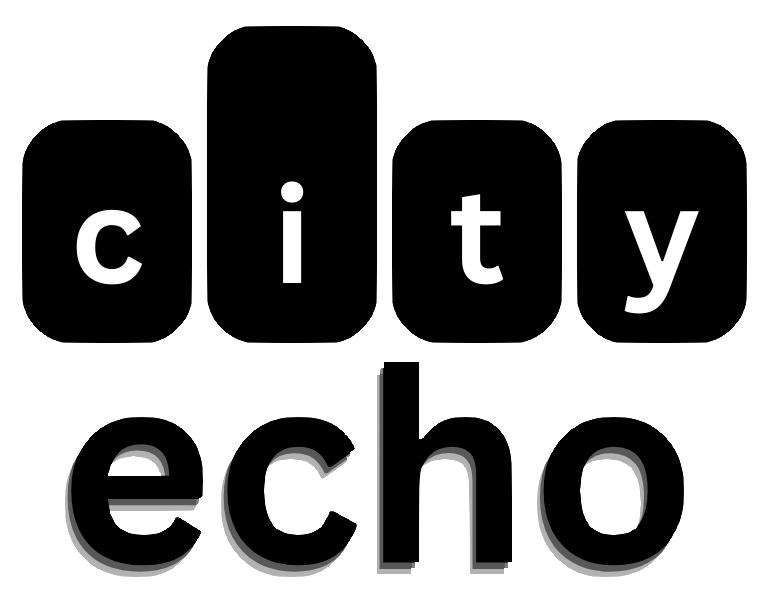London and Kent have always held a deep appreciation for architecture that marries the past with the present. The residential streets here showcase an intriguing blend of traditional charm and contemporary innovation. Across these regions, more and more homeowners are embracing a merger of styles that blends the beauty of period features with the practicality of modern design. This shift is fuelled not only by architectural trends but also by the needs and aspirations of a middle class increasingly seeking space and value in a challenging property market.
Honouring the Past While Building for the Future
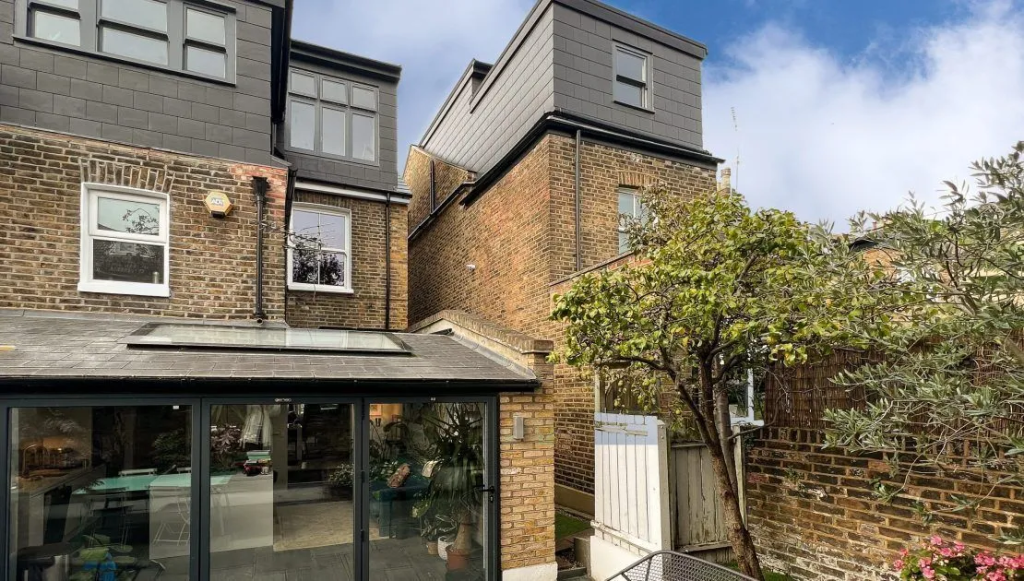
In London and Kent, architecture is defined by a rich and varied history, from Georgian terraces and Victorian semi-detached houses to quaint Kentish cottages. These homes, built with meticulous craftsmanship, hold cultural and aesthetic value. Yet today, they are being enhanced by bold extensions, sleek interiors, and energy-efficient features. The combination of historic facades and modern additions is redefining what it means to live comfortably in a heritage setting.
Take, for example, a Victorian townhouse in South London. It may retain its ornate brickwork and stained-glass windows, while boasting a minimalist, glass-panelled extension that opens onto the garden. Such renovations often see period details juxtaposed with open-plan living spaces, smart-home technology, and light-filled rooms that offer functionality and flow — all without sacrificing the home’s timeless appeal.
Modern Residential Architecture in London and Kent & The Growing Demand for Space.
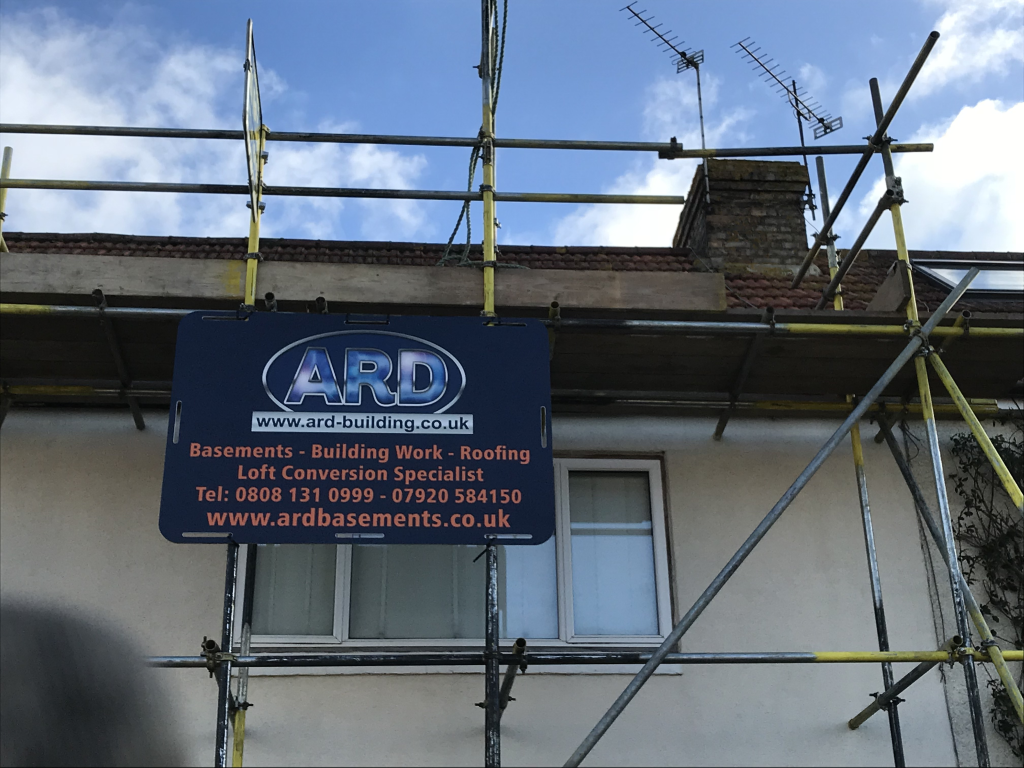
The desire to merge traditional and contemporary styles is partly driven by the evolving needs of middle-class homeowners. With property prices remaining high, purchasing larger homes is often out of reach for many. Instead, people are seeking to reimagine and optimise the spaces they already have. Extensions, loft conversions, and reconfigured interiors provide the much-needed space for growing families or for accommodating the new demands of remote working.
Many of these families want more than just a beautiful home; they want one that makes sense for the way they live today. Modern design elements, such as spacious kitchen-diners, large sliding glass doors, and multi-functional rooms, are increasingly popular. At the same time, these homeowners often cherish the sense of permanence that traditional architectural features bring. The result is a balanced approach that meets contemporary needs while celebrating architectural heritage.
A Response to Organic Interest and Practical Challenges
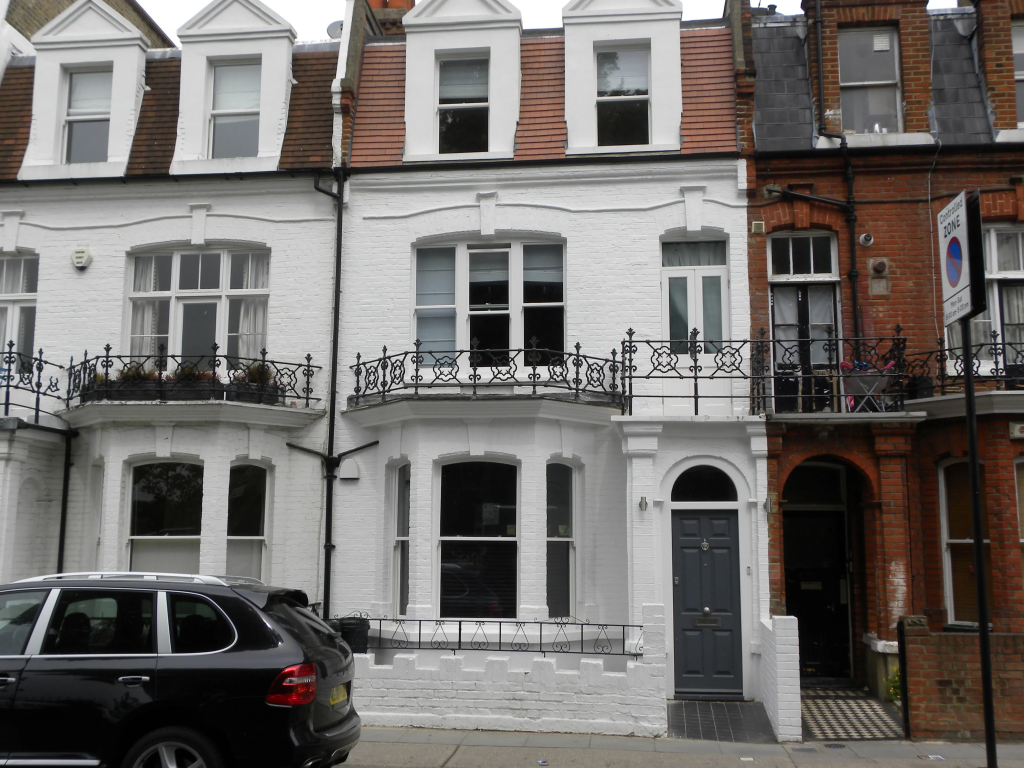
This architectural fusion is not just a matter of aesthetic preference. There’s an organic, growing interest in creating homes that are unique and meaningful. Many homeowners are keen to preserve the narrative of their neighbourhoods by respecting traditional architectural styles, even as they modernise. At the same time, practical considerations — such as high property prices, tight urban plots, and a general desire for more space without moving far from urban centres — are pushing families to extend and adapt their current homes.
It’s also a statement about sustainability. In a time when construction materials are expensive and new builds can be financially inaccessible, remodelling an existing structure is often a more environmentally conscious choice. Homeowners are finding new ways to work with what they have, rather than starting afresh. This blend of traditional and contemporary is thus as much about protecting history as it is about embracing the future, offering a sustainable path forward for housing in London and Kent.
Modern Residential Architecture in London and Kent: Is This Evolution Good or Bad?
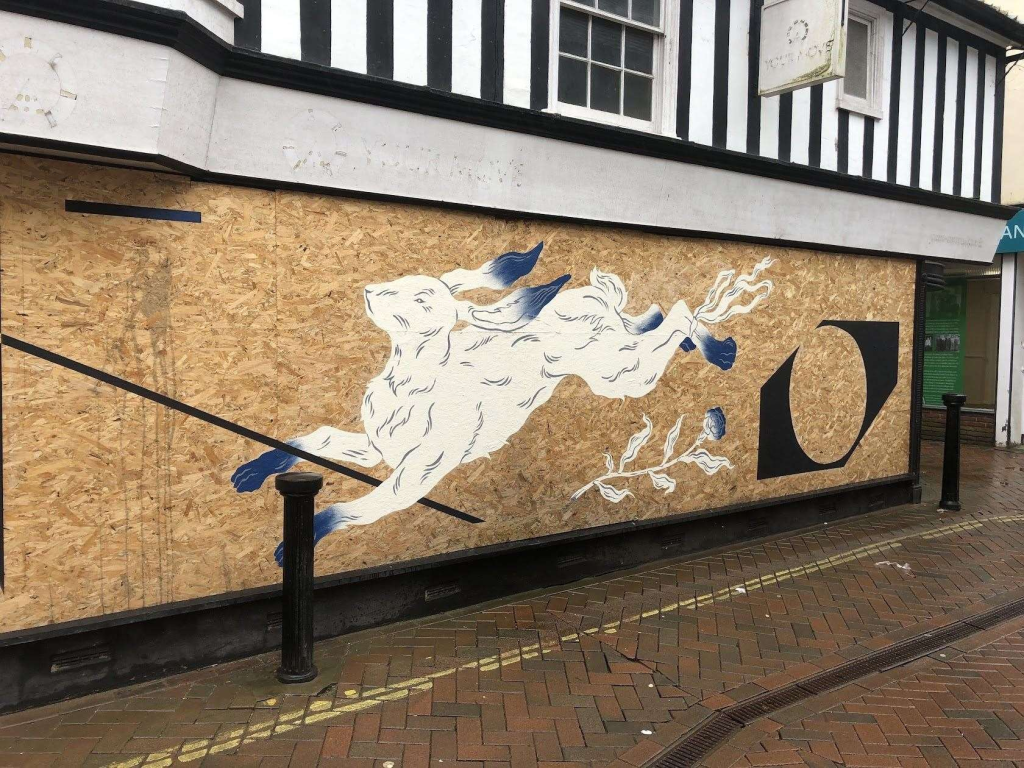
The movement towards blending traditional and contemporary design has sparked debate. On one hand, it provides a means to enhance older homes for modern living, preserving their character while making them practical for today. It’s an approach that respects the past while ensuring homes remain comfortable and relevant in the 21st century.
On the other hand, not all alterations respect the historic aesthetic or maintain the neighbourhood’s cohesion. Some critics argue that poorly planned extensions can dilute the character of traditional streetscapes, creating a patchwork of mismatched styles that fail to respect the original design language of the area.
Moving forward, a community-focused approach might be the key to striking the right balance. Encouraging homeowners to collaborate with planners, conservation bodies, and local architects can ensure that modernisation respects both individual needs and community character. By creating spaces that are not only functional and beautiful but also sympathetic to the area’s cultural heritage, London and Kent can continue to evolve in a way that benefits everyone.
The merger of traditional and modern in residential architecture is not a fleeting trend; it’s an ongoing dialogue between past and present, driven by practical needs and personal aspirations. When approached thoughtfully, it offers an opportunity to craft homes that are both rich in history and designed for modern life — places that reflect our heritage while looking boldly towards the future.
